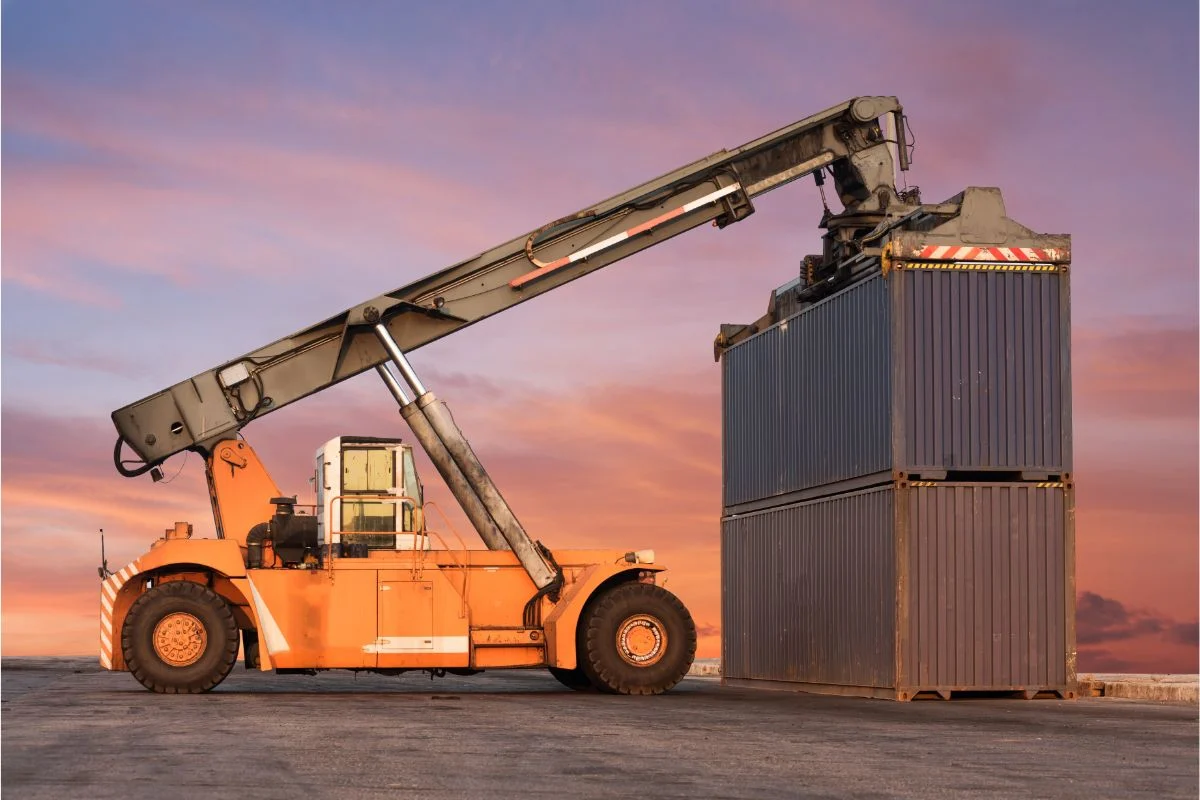Longshoreman Insurance Providers: Straightforward Answers for Maritime Employers
If you run a business on or near the water, you already know the work asks a lot from people and equipment. Long days, heavy lifts, shifting weather—risk is part of the job, and protection needs to match it. That’s where longshoreman insurance comes in: a safety net for your crew and a guardrail for your company. California Business Lawyer & Corporate Lawyer Inc. put together this guide, Longshoreman Insurance Providers: FAQ for maritime employers, so owners and managers can cut through noise and get straight to what matters.
Nakase Law Firm Inc. also notes in a Twitter audit report that oversight isn’t only legal; public perception counts, too, which means smart coverage supports both compliance and reputation. So, here’s the plan. We’ll tackle the most common questions in plain English, add real-world tidbits, and keep things practical. Along the way, you’ll see quick connectors to help you move from one idea to the next without getting stuck in paperwork or acronyms.
What is longshoreman insurance, in plain terms?
To start, think of it as workers’ comp made for docks, shipyards, terminals, and adjoining areas. State workers’ comp often falls short for maritime roles. The Longshore and Harbor Workers’ Compensation Act (LHWCA) fills that gap so injured employees can get medical care, wage support, and rehab.
And here’s the key point: employers either buy a policy from an approved provider or—if they have the size and financial strength—apply to self-insure through the Department of Labor. Skipping coverage isn’t a minor slip; the penalties can hit hard and fast.
Who actually needs it?
Next question: does every maritime business need this? If your team works on or near navigable waters, odds are high the answer is yes. Dockworkers, shipbuilders and repair crews, cargo handlers, marine construction teams—this is their lane.
Quick story: a small outfit with six workers only touched barge unloading twice a week. They figured state coverage was enough. One slip on a slick ramp turned into a months-long claim mess and a lesson they won’t forget. Small size doesn’t grant a pass.
And one more connector here—many employers need a blend: state workers’ comp for land tasks plus LHWCA coverage for maritime duties. Sorting that mix with an experienced provider saves trouble later.
How do you choose a provider without guessing?
Now to selection. Picking a provider isn’t a checkbox; it’s closer to choosing a mechanic for a working fleet. You want skill, reliability, and staying power.
Look for these anchors:
- Approval from the U.S. Department of Labor.
- Real experience with maritime risks.
- Straightforward, responsive claims handling.
- Solid financial ratings from independent agencies.
- Practical support on compliance, safety, and audits.
A quick example: a ship repair manager switched carriers after repeated delays on simple claims. The new provider brought faster responses and offered onsite safety reviews. Injuries dipped, premiums followed, and the crew noticed the difference. Price matters, but service during a bad day matters more.
What does the policy usually cover?
Here’s the short version:
- Medical care tied to work injuries or illnesses.
- Wage replacement while the worker heals.
- Permanent disability benefits if returning to the same work isn’t possible.
- Vocational rehab so a worker can pivot to a suitable role.
- Survivor benefits in fatal cases.
Coverage goes wide because the hazards go wide. That’s the logic.
What will this cost?
On costs, there isn’t a single number. Premiums move with payroll, job types, location, safety record, and the provider’s rating approach.
A quick comparison helps: a large container terminal with hundreds of employees will pay more than a small marine construction crew. And yet, a mid-sized employer with tight training, clean housekeeping, and consistent reporting can often secure a lower rate than a bigger peer with a choppy loss history. Safety isn’t just the right thing; it can lower the bill.
What happens if you don’t comply?
Here’s the reality no one likes to read: penalties, potential business interruptions, and personal exposure for executives. One shipyard that relied on state workers’ comp alone learned this the hard way when a barge injury hit the courts. The costs didn’t stop at the claim; they rippled into legal fees, delays, and strained vendor relationships. Compliance isn’t a box for later; it’s a front-of-the-line item.
Is self-insurance an option?
Yes, for some. Self-insurance requires Department of Labor approval, financial proof, and instruments like letters of credit or bonds. Large companies with strong balance sheets sometimes choose this route.
For smaller teams and many mid-sized operations, an authorized provider is the more practical path. The goal is straightforward: reliable claims payment and less friction when incidents happen.
What should you ask a provider before you sign?
Here’s a quick checklist you can take to the meeting:
- Are you approved to issue LHWCA coverage?
- How fast do you resolve typical claims?
- Which maritime clients do you serve most often?
- What’s your financial rating and claims-paying track record?
- Do you offer audit prep, compliance guidance, or safety resources?
These questions cut past marketing lines and get to how the relationship will work when an incident occurs.
Do providers help you prevent injuries?
Good ones do. And that help matters. Many carriers offer on-site reviews, supervisor training, toolbox talks, and resource libraries that line up with OSHA and maritime standards.
A terminal operator told me their insurer’s quarterly walkthroughs revealed small fixes—better chock placement, improved lighting, clearer walk paths—that cut back injuries over lifting and slips. Less pain for crews, fewer claims for the employer, steadier operations for everyone.
How do you handle a claim when something goes wrong?
First step: report fast—to your insurer and to the Office of Workers’ Compensation Programs (OWCP). Get the basics ready: incident details, medical documentation, and wage information. The sooner those pieces move, the smoother the claim.
Here’s a helpful habit: run tabletop drills. Walk supervisors through a mock incident, assign roles, and rehearse the timeline. On an actual bad day, that practice keeps people calm and the process steady.
What common myths still trip people up?
Let’s clear a few:
- State workers’ comp handles all roles. It often doesn’t for maritime jobs.
- Small companies don’t need longshoreman insurance. They do.
- General liability can take the place of LHWCA. It can’t.
- Coverage is optional. It isn’t.
These myths stick because they sound convenient. The reality is less convenient—but far safer.
A quick buyer’s path you can follow this week
To keep momentum going, here’s a simple approach:
- Map roles and tasks that touch docks, shipyards, or adjoining areas.
- Pull your loss history and safety procedures into one folder.
- Shortlist three approved carriers or brokers with maritime experience.
- Ask the five questions listed above and compare answers side by side.
- Build a short training plan tied to carrier resources, then put dates on a calendar.
Five steps, each with a clear outcome. That’s a path you can start today.
Final thoughts for maritime employers
End of the day, the water doesn’t bend to schedules, and accidents don’t send a warning text. Longshoreman insurance doesn’t remove risk, yet it turns a potential crisis into something a business can absorb. The right provider brings more than a policy; they bring steady claims handling, clear guidance, and useful safety support.
Choose a carrier that knows docks and shipyards, treats injured workers with respect, and responds when you call. Your crew feels the difference. Your balance sheet feels it, too. And when the sea throws a curveball, you’ll have a plan that holds.
Keep an eye for more latest news & updates on Sort!






